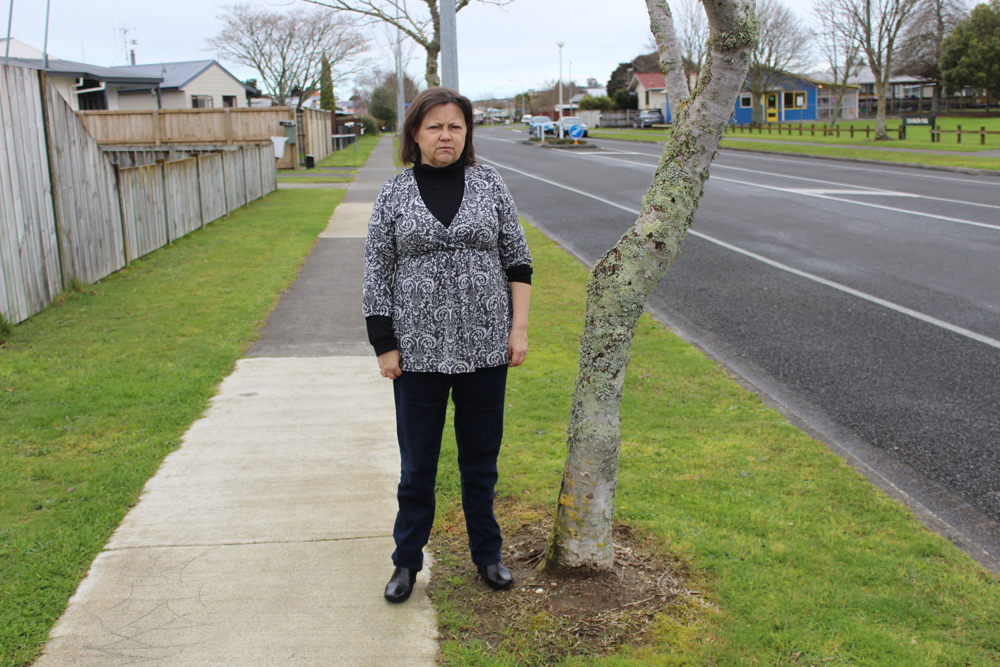Council candidates respond to street tree concerns
Street trees in some Hamilton suburbs have been causing damage, but two council candidates agree there are more important issues to deal with.
Street trees have been problematic in some Hamilton neighbourhoods but two West Ward candidates say there are more important issues to be solved, such as the city’s debt.
The Waikato Independent recently reported a West Ward resident’s concerns with street trees damaging footpaths and their leaves blocking storm water drains.

Kaye Roberts, who lives on Dominion Road in Nawton, said the cracked footpaths are a hazard and fixing them is a waste of ratepayers’ money.
West Ward candidate Nick Ravlich said in future council needed to select tree species that did not crack the footpaths.
Ravlich said the trees are part of the city and the best council could do to eliminate residents’ concerns was to continue fixing footpaths and unblocking drains.
“If we went and cut all the street trees down, I think that too would have a very bad effect on the city,” Ravlich said.
Council repairs about 20km of footpath faults each year, with many faults caused by some of Hamilton’s 30,000 street trees.
Council has previously cut down trees when their roots caused hazardous damage to the footpaths.
This was despite their street scape beautification and management policy stating the location and selection of street trees avoids damaging effects on assets, including footpaths.
Ravlich said there are cracked footpaths on his street in Dinsdale, and leaves are inconvenient when they fall onto his vegetable garden and block drains.
“It is an issue but I would say there is a lot bigger issues than that at the moment.”
Hamilton West candidate Robert Curtis does not think the council planting street trees which crack footpaths is a problem.
“Trees will crack footpaths here and there, but it is not everywhere,” Curtis said.
“If you take the trees out, then you actually take away people’s livelihood who look after them.
“I do not particularly want to live in a city where there is no trees,” he said.
One thing Roberts said she was impressed with in her neighbourhood was how quickly council removed graffiti.
Ravlich said while the cost to ratepayers of $500,000 might seem a lot, it was important to remove graffiti quickly to keep the city looking tidy.
“I think the removal is a really important part because if you leave it on your fence for a week and then remove it, they will come back and do it again.
“We should not be spending a cent, but the reality is there is always going to be people in our community that shine to that side of life, and we have just got to deal with it,” he said.
If elected Ravlich hopes to clean up the streets and bring people together to prevent crime.




